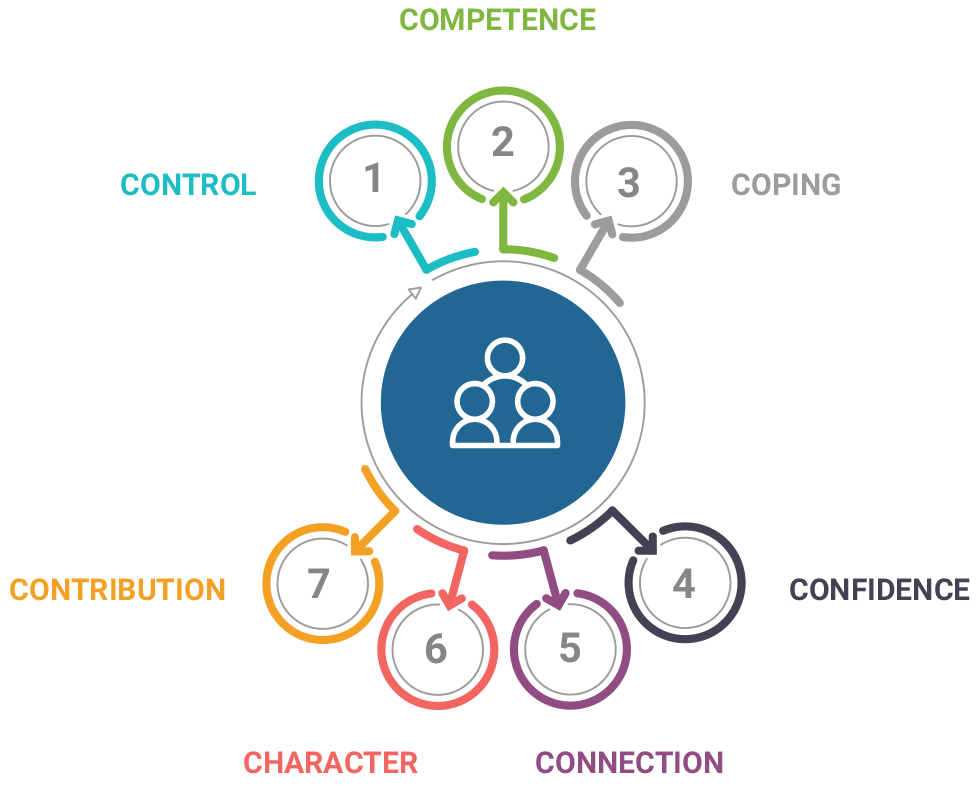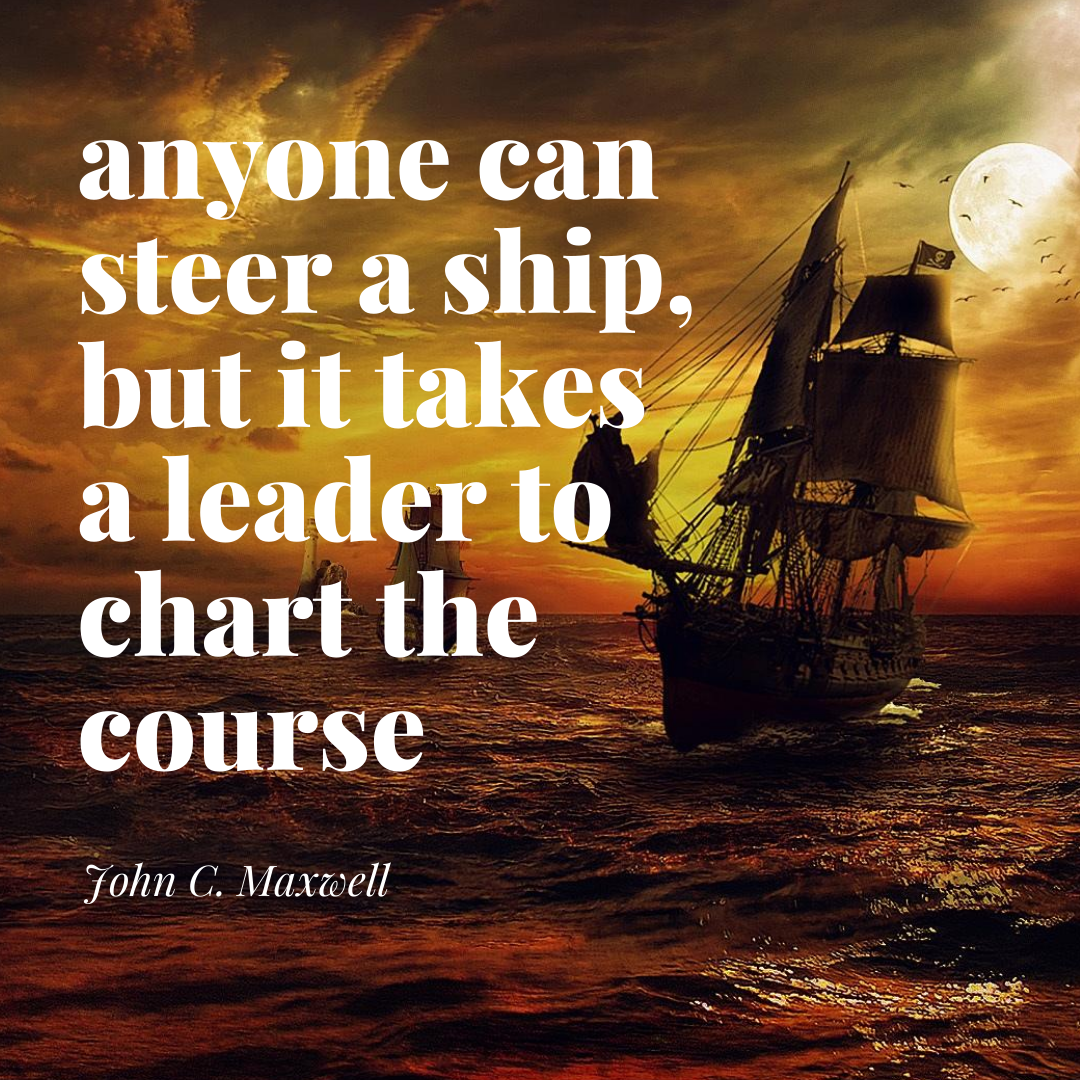“Pay no attention to the man behind the curtain!”
Smoke and mirrors, threats and fears – CONFLICT.
Even the slightest scent of conflict causes many to bolt out of the situation as if a 500-pound gorilla were threatening them.
Conflict is uncomfortable for most people. It’s a natural signal that something is wrong and must be addressed.
But is conflict actually a threat? And if so, what does it threaten?
What if the conflict was like the Wizard of Oz pulling levers behind a curtain, creating a mirage that exploits our fear?
What if the conflict wasn’t a threat but an opportunity for multifarious growth?
The reality is that conflict cannot be avoided. Not within your organization. Not between team members. Nor in their lives outside of the office.
Embracing conflict as a growth opportunity is the paradigm shift that creates leadership strategies for positive conflict management.
Organizational Leadership is Conflict Resolution
Leadership expert Brian Williamson gives words to what many leaders feel:
“Leading people with unresolved issues is difficult and costly. Leaders, you are in the business of conflict resolution.”
No way around it. You can only go through it, and the cost of not addressing conflict is astounding.
Phillipe Patry’s research with Global Mindful Solutions uncovered these astonishing stats:
- $359 billion in paid hours – 2.8 hours per week per employee devoted to conflict
- Absenteeism – Employees take time off from work to avoid conflict as well as use sick time to address health issues caused by conflict
- High Turnover – 485,800 people resign annually due to unresolved conflict
- Loss of Productivity – Managers invest 42% of their time dealing with, not resolving, conflict
- Opportunity Costs – How much ingenuity and efficiency are squelched by unresolved conflict?
- Risk of Lawsuits – If bullying and harassment are dismissed or minimized, legal action can be taken
- Lack of Motivation – many employees disengage from their work due to unresolved conflict
Ok. So maybe there really is a 500-pound gorilla threatening your company! But it’s not conflict. It’s conflict avoidance.
Solve the Problem of Conflict Avoidance with this Equation…
MV2+I2

This simple formula is ripe with possibilities to help you customize leadership strategies for positive conflict management.
M represents the mission of the organization. V2 represents the Vision and Values of the team. I2 represents the ideas and issues that are present in the conflict.
Within this framework, you can address the problem without attacking the person. MV2 + I2 reinforces the aspirational culture of the company and not any one person’s preferences.

This formula guides you to keep the conversation focused on solutions. That’s why ideas and issues are combined.
Handle Conflict as a Leader by Focusing on Your Mission, Vision, and Values
Attack the problem by prioritizing your organization’s mission, vision, and values. Conflict assumes a level of disagreement.
For people to be on your team, they have already agreed to pursue the mission, embrace the vision, and abide by the values.
Each of those is an objective corporate agreement. Not subjective preferences or personal priorities. Anything that threatens any one of those must be addressed for the good of the organization.
Further, letting the conflict be framed within the boundaries of your organization’s priorities allows those in conflict to recognize that they are a part of something bigger than themselves.
When conflict can step outside this formula, you risk lowering morale, fostering negativity, and hindering productivity.
Navigate Conflict With Understanding
Solutions must be pursued. Otherwise, conflict only festers. Like water in your shoes that makes your socks wet – acknowledging the issue only gets you so far.
What ideas are being brought to the table? Where is the disagreement?
What issues are people at odds over? Personal? Professional? Corporate?
Now, don’t think that if the issues are personal, they should be handled outside the workplace.
As Brian Williamson stated – unresolved issues are costly. And not just for your company. But for the community. For the next generation.
Leaders are in the business of positive conflict management – for a far greater purpose than a successful business.
Helping people neither fight nor flee conflict, but engaging without aggression can flood the world with hope and healing.
Conflict is not a 500-pound gorilla. It’s a golden opportunity.
Conflict Reveals What Our Hearts Hide From Us
Part of what makes us human is our desires. We want something out of life that’s more than functional productivity.
We often don’t realize, though, what desires drive us. They are hidden deep in our hearts. So familiar that they’ve become white noise in the background of our day-to-day decision-making.
Conflict pushes these desires to the surface. Take a risk to be vulnerable for a few sentences.
Why do some feel nervous when someone else gets more attention?
Why do some feel threatened when they get attention?
How much praise do you need to receive to feel accepted?
Whose disappointment threatens your self-concept the most?
In a busy world where a bazillion notifications consistently disrupt introspection, conflict can reveal motivations that have long been concealed.
Until desires are threatened, we may not even know how deep their grip is on our psyche. Award-winning novelist Louise Penny captures this reality with remarkable insight. Her character, Ruth Zardo, pens the poem:
“Mother died long ago
She’s not finished with me yet.”
An employee who never felt the approval of their parents might have a hair trigger when criticized. The criticism may be fair, constructive, and loving. But it won’t matter until the hurts are healed.
Conflict can expose deeply buried issues. Handling conflict as a leader can present an otherwise allusive opportunity for healing.
Handling Conflict as a Leader is a Sacred Opportunity
Can you see the opportunity that conflict presents? I raced with a sailing team with the highest turnover of all the boats in the fleet.
The toxicity on board was palpable. The conflict between the owner and first mate was our nastiest headwind.
They argued over tactics and maneuvers. The first mate took the criticism and questions about his judgment personally.
The mission and vision of winning the race were quickly lost as the toxicity spread to the rest of the crew, which was berated over small mistakes.
Who in their right mind would choose to remain in a dysfunctional environment? Few would.
Hence the turnover both on this ship and in so many workplaces. And marriages. And neighborhoods.
Self-aware and self-respecting people don’t allow themselves to be continually treated in harmful ways.
What if a leader was able to address obvious dysfunction like this?
An atmosphere of tension and fear would dissipate.
Triggering issues may be revealed, and the damage of past trauma could dare to be healed.
Profits, efficiency, and ingenuity would increase. Employee turnover and quiet quitting would decrease.
How much health could be infused into families? And how might that impact neighborhoods? Communities? Schools? Future generations?
Would you dare to dream this big with me?
At Full Sail Leadership Academy, our mission is to make the world a better place by improving workplaces.
We aren’t going to settle for bigger profit margins and increased productivity. We sail further. To brighter horizons for everyone, we have the privilege of influencing.

Seize the Opportunity and Set Sail with Us!
Do you want a guide to help you navigate the choppy waters of conflict? One sure way to spark healthy conflict is by getting your team on the water sailing with us.
Our workshops are designed to put MV2+I2 to work! Your team will be equipped to be interdependent as they pursue a common mission to ensure smooth sailing.
Personalities, opinions, and preferences all take a back seat to the goal of successfully sailing through the course.
When your entire team must each contribute meaningfully and cohesively, issues hiding under the waterline are forced to the surface.
Communication. Respect. Confidence. Appreciation.
Tension in the workplace is challenging to address. But when you’re out of the workplace and on the water, intentionally building chemistry and exposing gaps, the golden opportunity of conflict is handed to you on a silver platter.
Our process ensures this.
Before we hit the water, we sit in the classroom. During this time, you’ll be equipped with all the knowledge you need for a successful and enjoyable sailing experience.
Then we shove off from shore and put the knowledge to work. While sailing, you and your team will have many lessons that spring to life.
That’s why we debrief and offer a personalized, actionable plan to guide you to harness your strengths and address the gaps you want to prioritize.
Handling conflict as a leader doesn’t have to be exhausting drudgery. With Full Sail’s expert guidance, you’ll be given leadership strategies for positive conflict management.
You can seize the opportunity conflict provides and make the world a better place by making your workplace better.






 (c) 2022 Full Sail Leadership Academy
(c) 2022 Full Sail Leadership Academy


 (c) 2020 Full Sail Leadership Academy
(c) 2020 Full Sail Leadership Academy
 Photo by niklas_hamann on Unsplash
Photo by niklas_hamann on Unsplash

